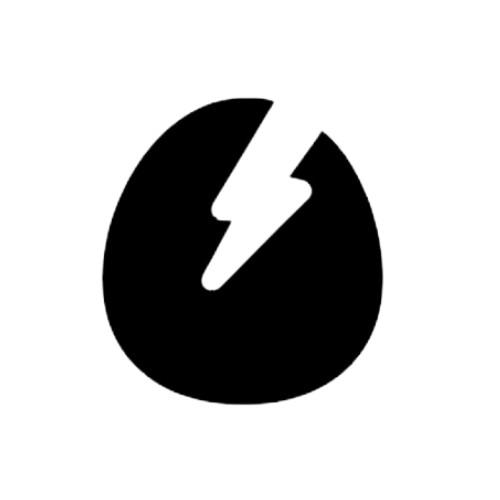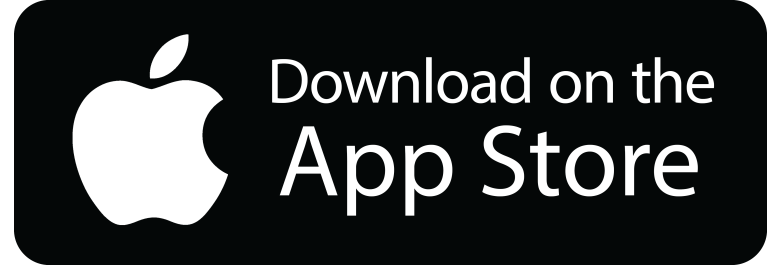POC (proof of concept), prototype, and MVP
(minimum viable product) are often used interchangeably, but they represent
different stages in the product development process. POC is a proof of
concept to test a product idea, prototype is a physical or digital model of the
product tested internally, and MVP is a basic version of the product with the minimum features
needed to satisfy early customers. MVP is important to validate the product-market
fit and reduce development costs.
Creating an MVP before product development is important because it helps teams avoid investing significant time and resources into building a product that nobody wants or needs. By creating an MVP, teams can test the market's interest, get feedback from users, and make improvements to the product before launching it to the market. This helps teams ensure that they're building a product that solves a real customer problem and meets their needs.
Creating an MVP before product development is important because it helps teams avoid investing significant time and resources into building a product that nobody wants or needs. By creating an MVP, teams can test the market's interest, get feedback from users, and make improvements to the product before launching it to the market. This helps teams ensure that they're building a product that solves a real customer problem and meets their needs.
An MVP helps in testing customers’ interest. Here are seven ways to do it:
1. Landing Page
Create a landing page announcing your product and collect the emails of those interested. This approach can help you gauge customer interest and build a list of potential customers before you even start building your product. Buffer used this approach when they launched their social media management platform.
Create a landing page announcing your product and collect the emails of those interested. This approach can help you gauge customer interest and build a list of potential customers before you even start building your product. Buffer used this approach when they launched their social media management platform.
2. Piecemeal
Bring together components from existing tools and show how the product will work if built. This approach can help you test customer interest without investing significant time and money into development. Groupon used this approach when they launched their daily deals platform.
Bring together components from existing tools and show how the product will work if built. This approach can help you test customer interest without investing significant time and money into development. Groupon used this approach when they launched their daily deals platform.
3. Concierge
Manually send products to customers via a subscription. This approach allows you to test customer interest and build a loyal customer base before investing in automation and platform building. Jeff Bezos famously used this approach when he launched Amazon's first book delivery service.
Manually send products to customers via a subscription. This approach allows you to test customer interest and build a loyal customer base before investing in automation and platform building. Jeff Bezos famously used this approach when he launched Amazon's first book delivery service.
4. Wizard of Oz
Sell your products before they are done. This approach allows you to test customer interest and generate revenue before investing significant time and money into development. Course creators, writers, musicians, and many other creatives use this approach with pre-sales.
Sell your products before they are done. This approach allows you to test customer interest and generate revenue before investing significant time and money into development. Course creators, writers, musicians, and many other creatives use this approach with pre-sales.
5. Demo Video
Create a demo video explaining the benefits of your future product and collect feedback. This approach allows you to test customer interest and gather valuable feedback before investing in development. Dropbox used this approach when they launched their cloud storage platform.
Create a demo video explaining the benefits of your future product and collect feedback. This approach allows you to test customer interest and gather valuable feedback before investing in development. Dropbox used this approach when they launched their cloud storage platform.
6. Product Design
Draw a sketch or a wireframe to showcase the product design. This approach can help you test customer interest and get feedback on the overall design before investing in development. Many products, including the original design for Twitter, were born from a napkin sketch.
Draw a sketch or a wireframe to showcase the product design. This approach can help you test customer interest and get feedback on the overall design before investing in development. Many products, including the original design for Twitter, were born from a napkin sketch.
7. Software MVP
Build software with just the core components. This approach allows you to test customer interest and gather feedback before investing in a full-scale development. Mark Zuckerberg famously used this approach when he launched Facebook.
Build software with just the core components. This approach allows you to test customer interest and gather feedback before investing in a full-scale development. Mark Zuckerberg famously used this approach when he launched Facebook.
The choice of MVP depends on the sector you're in, the capabilities you have in-house, and the market standards. Testing early and failing often is key to finding your product-market fit. By testing customer interest before building your product, you can save time and money while increasing your chances of success.
The choice of MVP can vary depending on the sector and the stage of the company. For example, a B2B company may focus on a more functional MVP that solves a specific business problem, while a B2C company may prioritise a more user-friendly MVP that meets the needs of its target audience.
In the early stages of a company, an MVP may focus on validating the business model, while in later stages, it may focus on improving the user experience or adding new features. The key is to test the market continuously and actively. Additionally, the choice of MVP can depend on the resources available and the market standards in the specific industry.
Therefore, it's essential to consider these factors when choosing the right MVP for a particular company or product.
In the early stages of a company, an MVP may focus on validating the business model, while in later stages, it may focus on improving the user experience or adding new features. The key is to test the market continuously and actively. Additionally, the choice of MVP can depend on the resources available and the market standards in the specific industry.
Therefore, it's essential to consider these factors when choosing the right MVP for a particular company or product.
If you're interested in learning more about building an MVP and testing customer interest, check out the entrepreneurship courses and skills courses offered by Creo Incubator.
Write your awesome label here.
Never miss our news!
Thank you!
Get updates on live streams, news and more right in your mailbox.



